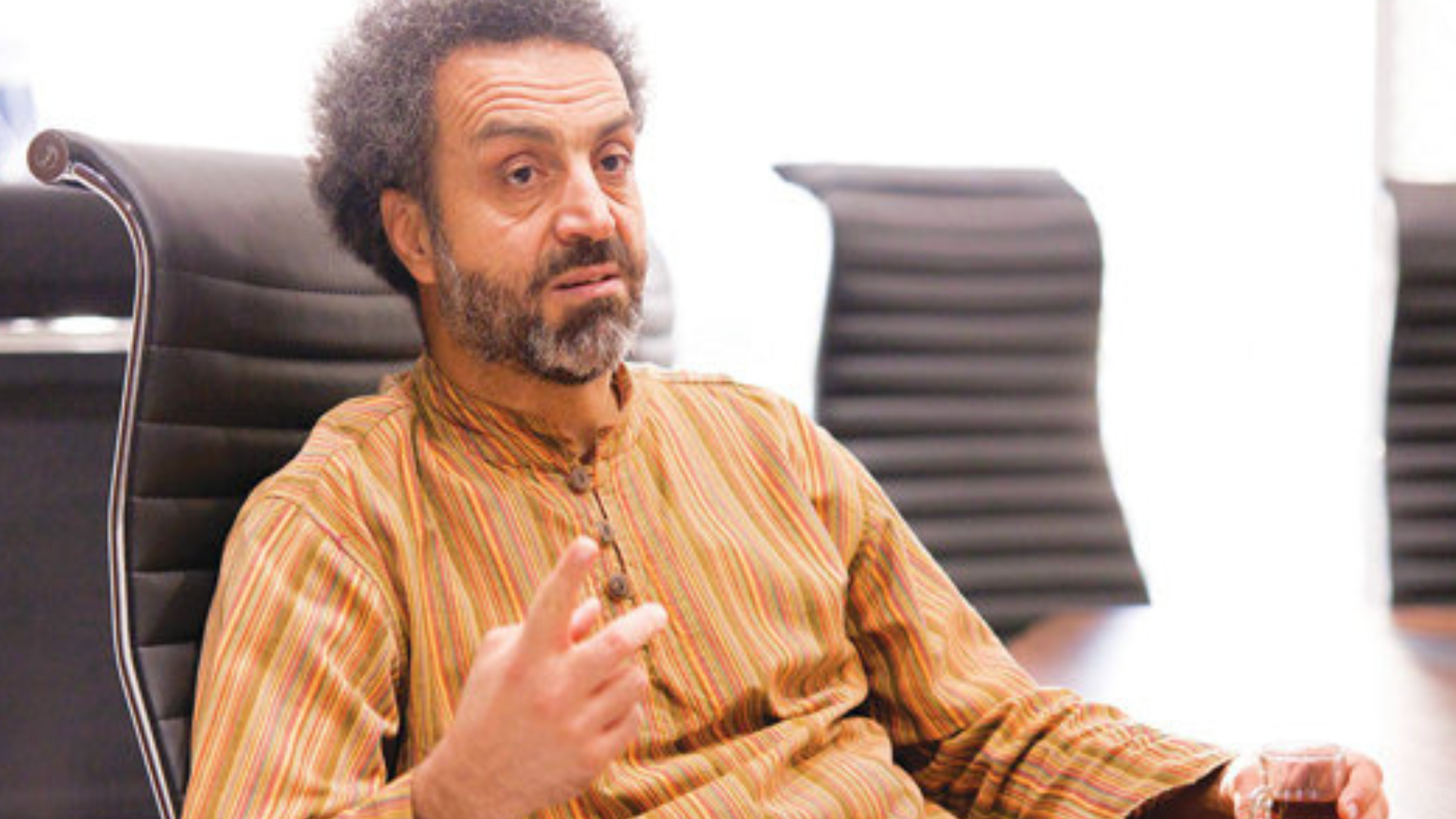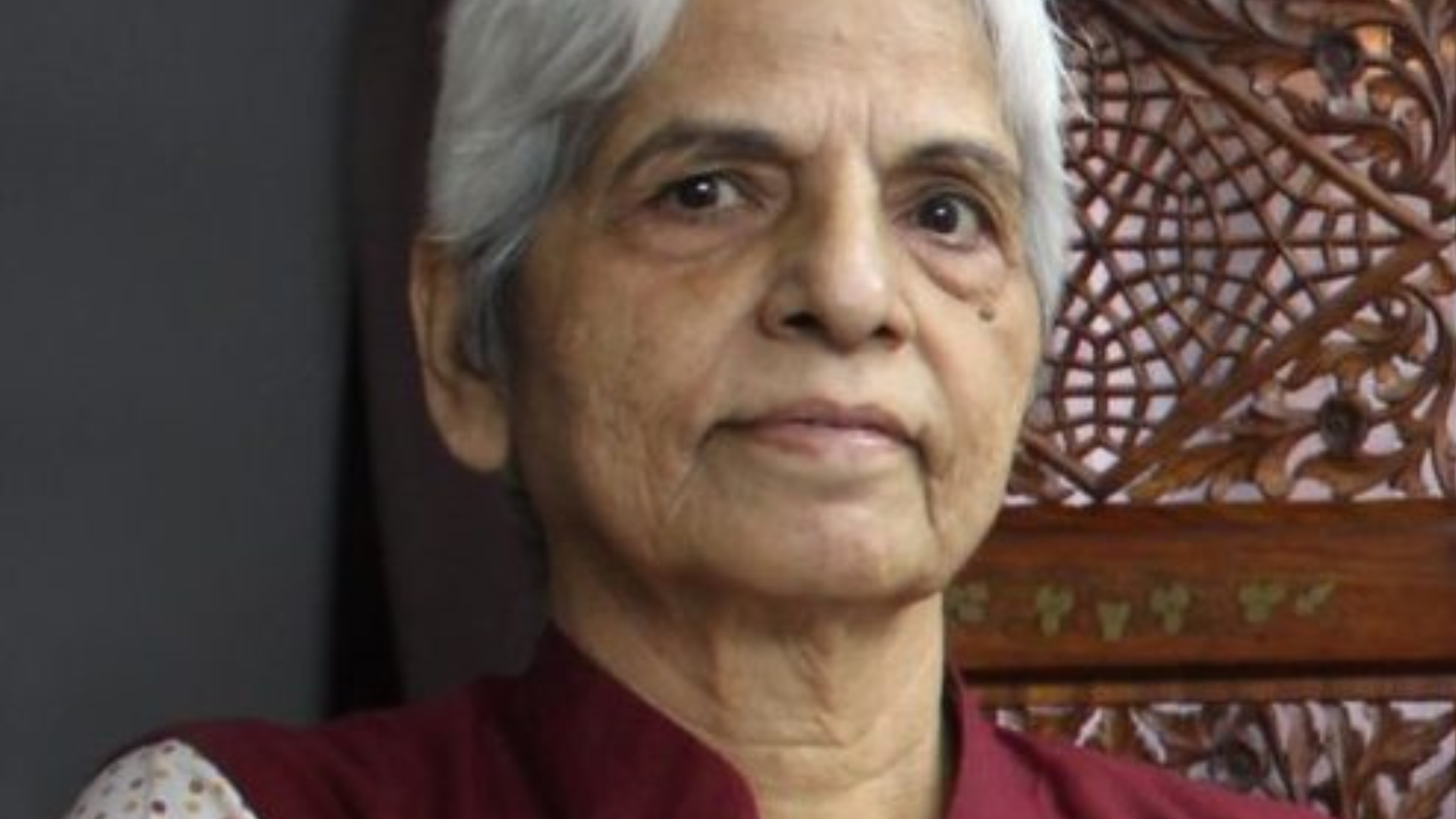
The Killing of the Mother Tongue and the Destruction of Development in Iran (Part 1)
Mohsen Ranani. Professor of Economics, University of Isfahan and researcher in the field of development
Thanks to the Constitutional Revolution, for the past 110 years, we established the modern state and entered our society into the modern age. But the government in Iran – before and after the Islamic Revolution, was a long way from the realization of a modern state. Our society is still in the midst of a transition period. We have taken some steps forward, but we still have a long way to go. At the moment we neither have the government with the qualities required for the modern state, nor does our society have the temperament of a modern society requires.
And unfortunately, in this period when we still do not know what we want to be, we have planned the development of our country into a modern state in an unsuitable way. But in the meantime, in the name of development, we have depleted, dried up, and polluted almost all of our natural resources, including our mines, oil, waterways, and forests; We still remain in a pre-developmental period in terms of wealth and infrastructure. In other words: We are still in phase zero of development while our resources continue to run out.
We tried all the paths we thought would lead us to healthy development. We improved the country’s roads, we built railways, we added electricity, we built many dams, we brought in a modern education system, we founded universities in villages. We introduced the assembly industry, we emphasized export substitution and we encouraged and supported domestic industries, we nationalized , then we turned to privatization, we intervened in prices, we gave quotas, we subsidized, and then we started to liberalize extensively. We encouraged exports, restricted imports, and moved back to an open economy. But everything we did only changed things superficially. Only our resources were more and more depleted and slowly evaporated from our hands.
Where did we go wrong? We do not know who the main culprit is, but whoever it was, the reality is that we were not able to raise capable human beings who could carry out the development process in this country. For years we have faced a serious shortage of capable manpower, even though we have the highest student enrollment rate in the world. We thought that if we had a large number of universities, the problem of our manpower would be solved. The same happened seventy years ago, when we established a modern education system with numerous enrolled students. We thought that once the children would come out of maktabs (classic schools), sit on the bench and have an unified curriculum, it would be enough to nurture a modern and capable human being to achieve development in the country . Today we are running our schools the same way. All this time our mistake was to focus on developing our children’s memory, not developing their personality. For seventy years we have developed a memory-based educational system, while really what is required if you want capable and creative human beings is a relationship-based educational system. During the past 70 years we began to mass-produce people with high-level scientific abilities but with very low-level social and communication abilities.
Like everything else, we obtained this education system from the West and executed it here. Although the West had realized its mistake in this field two decades before and had started to change its children’s education system, the same memory-based education system was implemented in Iran. With two centuries of change and intellectual movement in the West, the intellectual and behavioral system of the Western family had changed and the necessary grounds for raising children with strong communication abilities and established personalities in the family was essential. So, although the school was education-oriented and memory-oriented, it did not seek to destroy the character of the children. We went the same way, but we forgot that in Iran, the family is not supported by a backdrop of two hundred years of intellectual development. It therefore does not sow the first seeds of critical thinking abilities in the minds and language of children. So there is no real educational attainment within the family unit and everything we had to do was at school; But unfortunately, our elementary schools also became factories for the mechanical production of literate people with strong memories and mental powers. What was missed for seventy years, meanwhile, was the character of children who we expected to have the ability to develop in adulthood while we did not provided them with this ability as children.
But this was not our only mistake. We made another one, and that was to remove half of our country’s population from active presence in the development process. Based on a completely ineffective and racist policies, there is not a single official statistical census collected and published on the share of ethnic and linguistic population in our country. But according to various estimates, the population of non-Persian-speaking Iranian ethnic groups in our country constitute between 42 to 49% of the country. For the past seventy years, we have forced the children of nearly half of the country’s population, non-Persian-speaking ethnic groups, to learn Persian from the first year of primary school. The first phase of educational development in any country is formed in childhood, in primary and preschool. Whatever we want for the future of our country, we must sow its seeds at this age.
By imposing Persian-dominated language education on children whose mother tongue is not Persian, we are confronting them with a linguistic backlog of several years, in the most critical age of their socialization process. The fact that 67% of the students who fail in the first and second grades of primary schools are located in the nine bilingual provinces of the country, confirms the deep seated issues with early Persianization. When finally the Iranian non-Persian speaking children come to terms with Persian and learn the language, they have already lost ground in their childhood years. That is, the most crucial period for learning and practicing the characteristics that are later needed for effective and continuous presence in the process of development.
We did not realize that the mother tongue is not simply the language of speaking, it is the language of emotion, the language of feeling and the language of one’s life. The mother tongue is the inner dialogue of human beings and the thought process first occurs in the inner language of each person and then is translated into his spoken language. Studies have shown that in bilingual population groups, if they have learned their mother tongue well, their brains are more capable of processing emotional information and semantic perception. In fact, by not teaching the mother tongue and imposing only the Persian language on children whose mother tongue is not Persian, we stop the development of their inner language and language of thought, and they endure a lot of psychological pressures. Only then, with a few years delay they can finally think and speak in a new imposed language. But what is missing is the opportunity for the development of their existential dimensions, which shapes their communication and developmental abilities.
Language is a catalytic phenomenon or system. That is, it is a phenomenon that has been created and evolved naturally and without conscious human intervention, and has reached a spontaneous order. In catalytic phenomena, we first learn their use and application, then analyze them and identify their components. If language is a catalytic phenomenon, then we must first utilize it and maximize its capacity to use it, and then move on to learning and analyzing it.
When we take the child out of its mother tongue immersion and introduce them to the compulsory teaching of Persian, they have not yet reached the catalytic point of flourishing in mother tongue, in other words, he/she has not reached the maximum utility of speech and perception, that is, that part of feelings and emotion that must be developed thanks to mother tongue.
Therefore the process of developing the power of speaking in the mother tongue in the child stops somewhere. The child’s inner language level, which is the language of thought, does not reach its maximum capacity. This child must first learn Persian for many years with great difficulty and then strengthen their ability to think in Persian. This is the impairment that we have been inflicting on the children of non-Persian-speaking Iranians for seventy years, putting them in an unequal position in the competition for social and economic opportunities with native Persian-speakers.
In fact, by imposing Persian language education, we will slow down or stop the process of mental and personality development of nearly half of the population of our country for a few years and destroy their opportunities for the benefit of Persian-speaking children. Thus, we reduce the public opportunities to participate in the development process in non-Persian speaking provinces. Perhaps part of the development gap and imbalance that exists between the central and border provinces of the country can be explained by this phenomenon. This is despite the fact that in the past, appropriate budgets were allocated for the development of some deprived provinces. In addition to all other political, social, and cultural injustices, this form of educational injustice is a devastating inequity that we have quietly imposed on non-Persian-speaking Iranians over the past seventy years.
The mother tongue is similar to indigenous architecture. Is it right for someone to destroy all the rural houses or native buildings of different regions and historical cities of the country, because their architecture is not similar to the architecture of Tehran? If not, then why do we engage in such acts when it comes to the mother tongue of the tribes, which is the heritage of civilization and part of the riches of any society? The destruction and suppression of the mother tongue is a form of genocide and racism. A society that imposes one language on all mother tongues is a racist society that wants one language to dominate. A language that that it considers superior.
Published in Asr Iran, 20th December 2016


